SEIKON (PL) : Sketching every day and painting non-figurative forms
Growing up in a graffiti writing neighborhood in Poland
SEIKON is a Polish artist, born in 1987 in Poland and living in Greece since 2019. He grew up in an urban neighborhood in Gdynia, a port city on the Baltic coast of Poland, where graffiti writing started to be very present after 1999. As a child, SEIKON was drawing and painting already. His mother was a teacher, and his father and grandfather sculpted wood and supported the children’s creativity. His friend Jacyndol showed him a sketch of lettering from his cousin in 1998, his first contact with style writing at 12 years old before discovering tags, throw ups, and pieces in his streets. SEIKON remembers that in 1999, there was a boom of graffiti in general, which seemed to be the new hobby for teenagers in his neighborhood. He started sketching letters himself and spraying outdoors. His first names were SC, STORME, LIXE and later in college AZTE for a short period. His first crews where he was active in were VC, WBS (weak big system) and later others that are still active, like PW, ADR, SYF Graffiti. SEIKON remembers crews in his hometown like FS crew and some very talented writers like GRAS, who bombed calligraphic letters at that time and impressed him. Living next to a major train line, a hall of fame in an abandoned hospital, and a graffiti shop, SEIKON was living in the perfect surroundings for his practice in the streets. Through the skateboard magazine „Slizg“, he learned about the graffiti terminology and also bought the magazine „Brain damage“ at that time. Looking back, the 3D-style and the work by LOOMIT for example, made a lasting impression on him those days. After 2003, his moniker was SEIK for years, with painting mainly wild style letters and some characters. From 2006 on, he developed a colourful non-figurative original organic bubble comic style before getting into geometric motifs. It was the time when he started signing his actual name SEIKON in 2011, during his art studies at the Academy of Fine Arts in Gdansk, Poland, where he got his master’s in 2012.

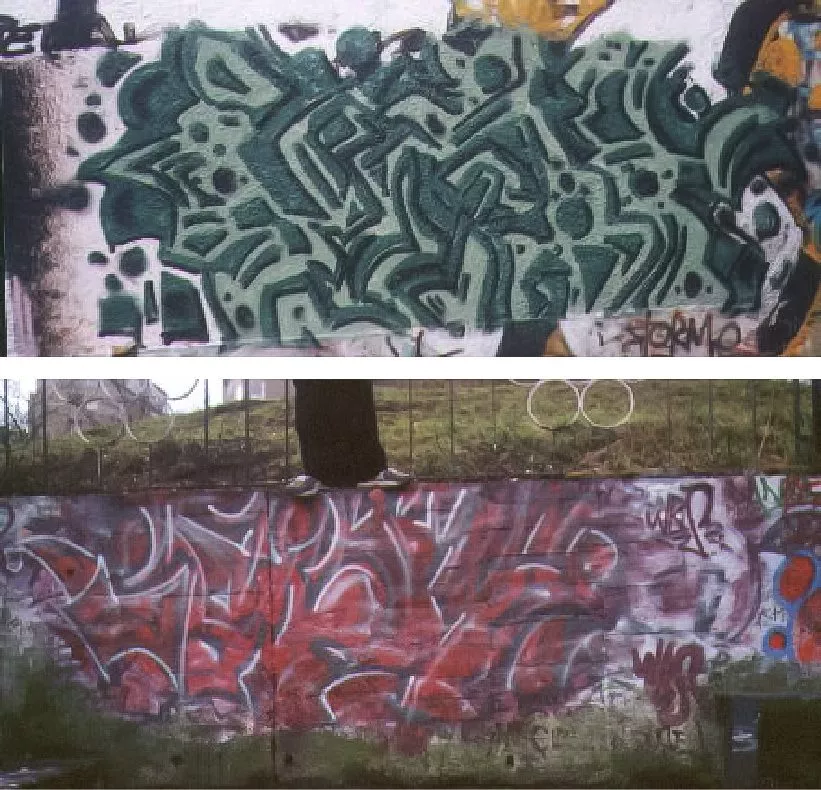
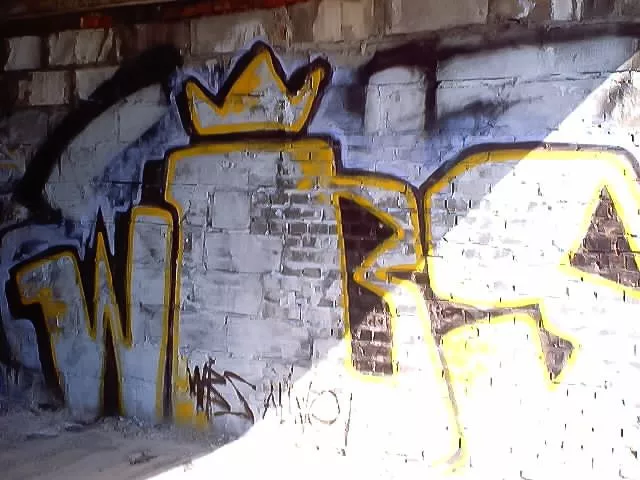
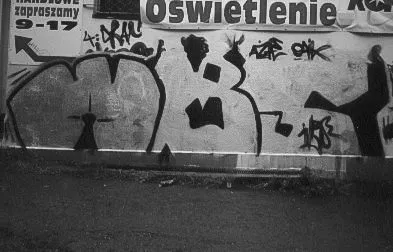

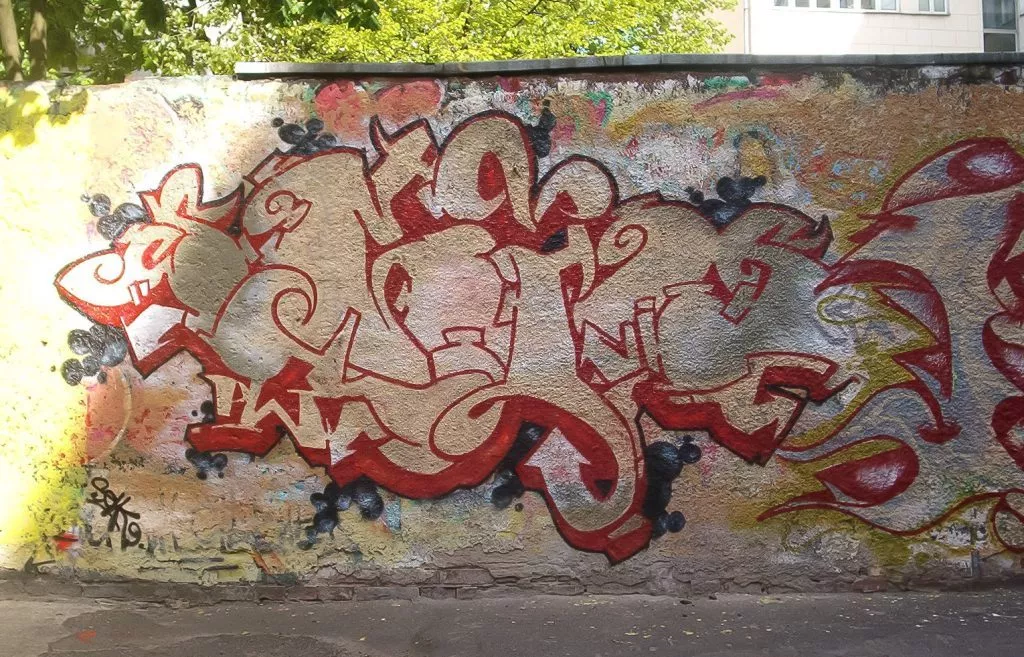
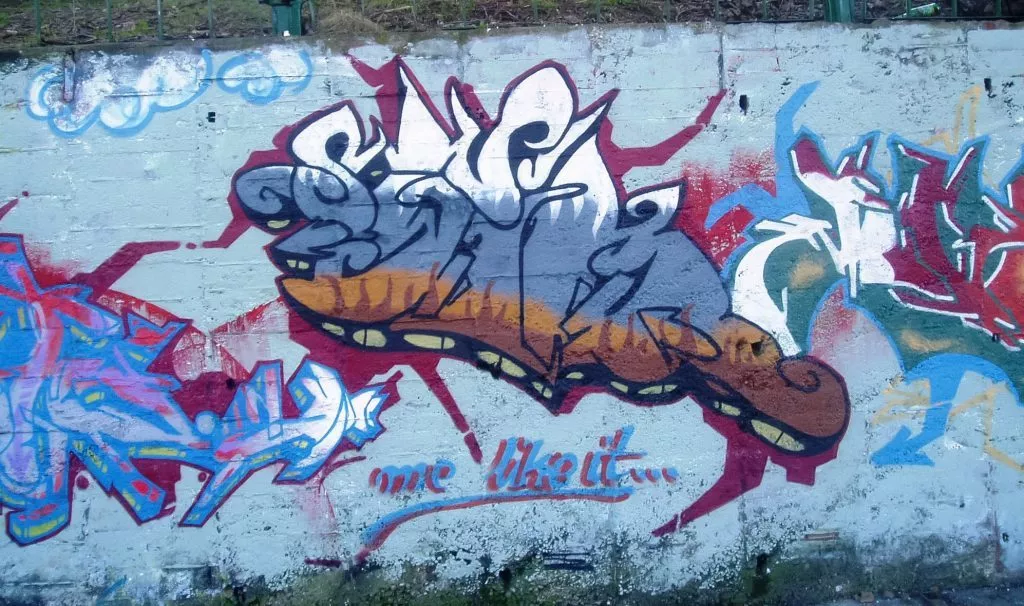
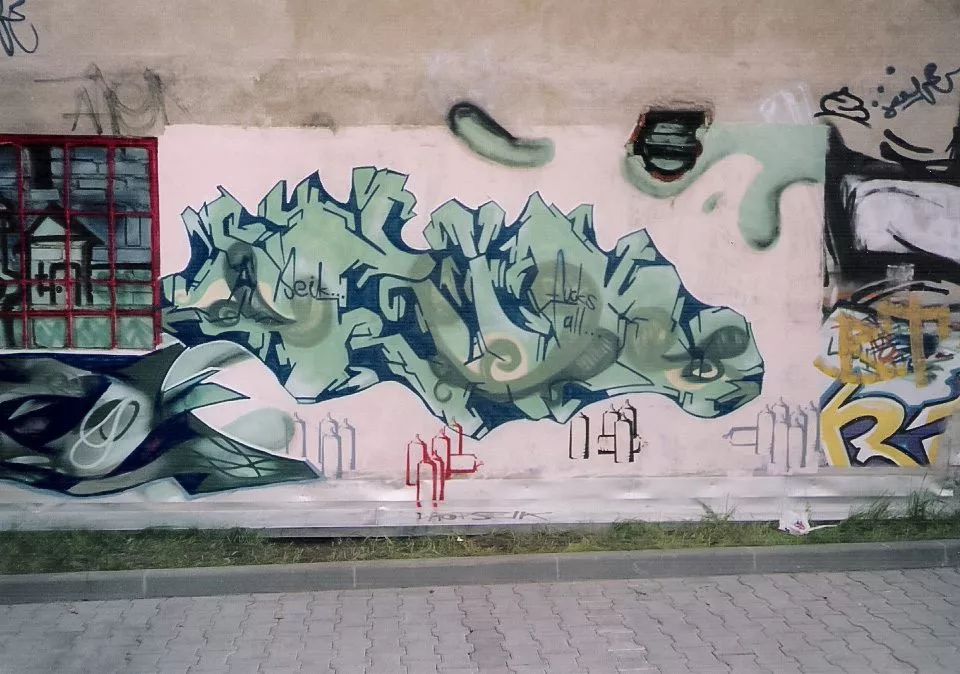


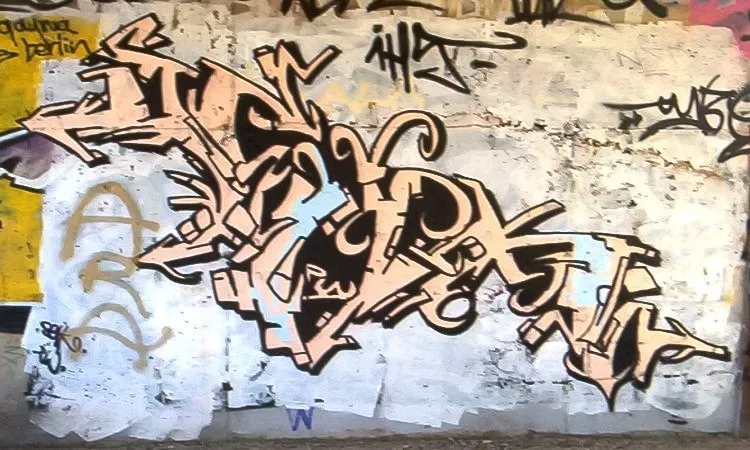
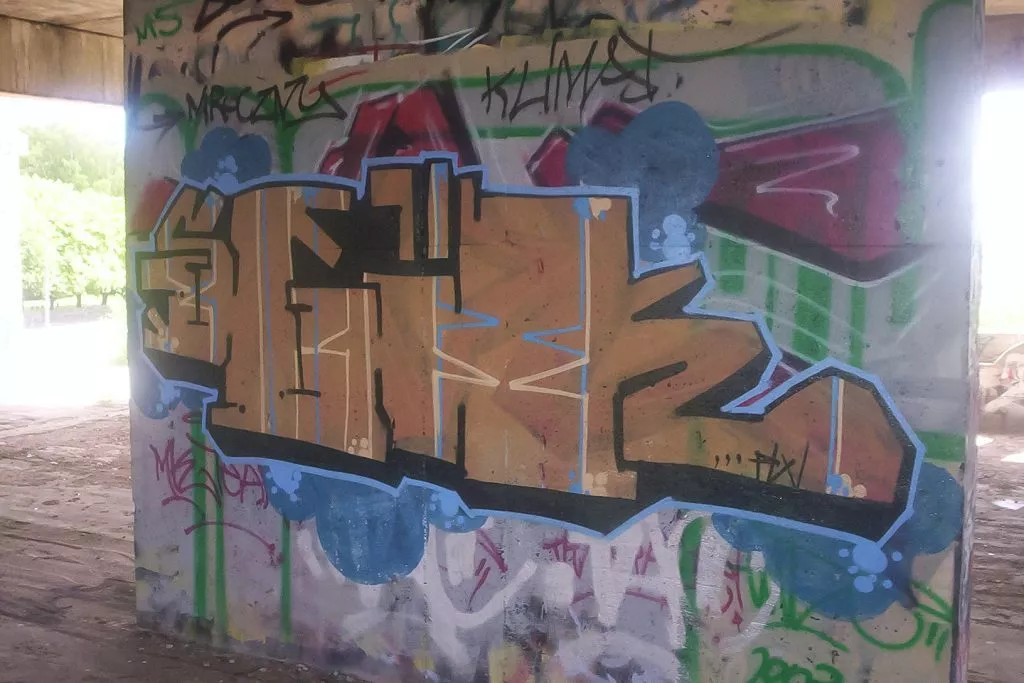
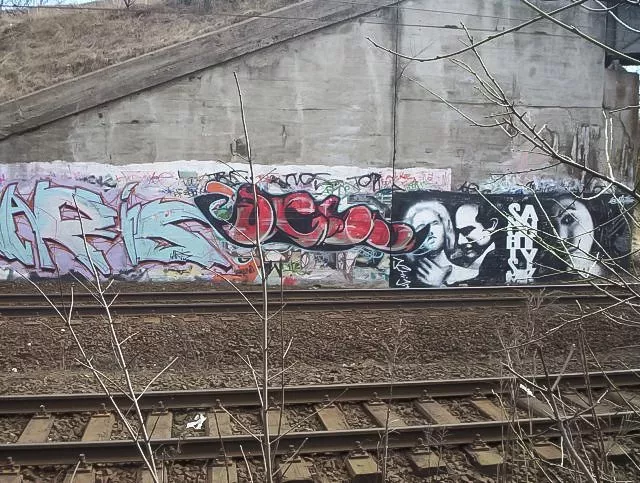
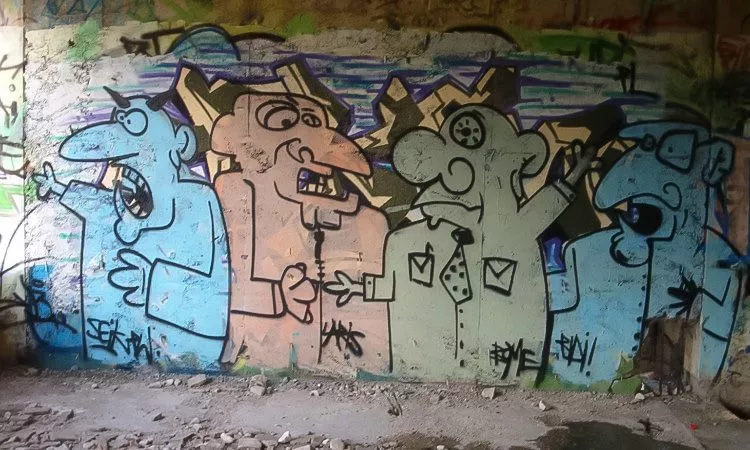


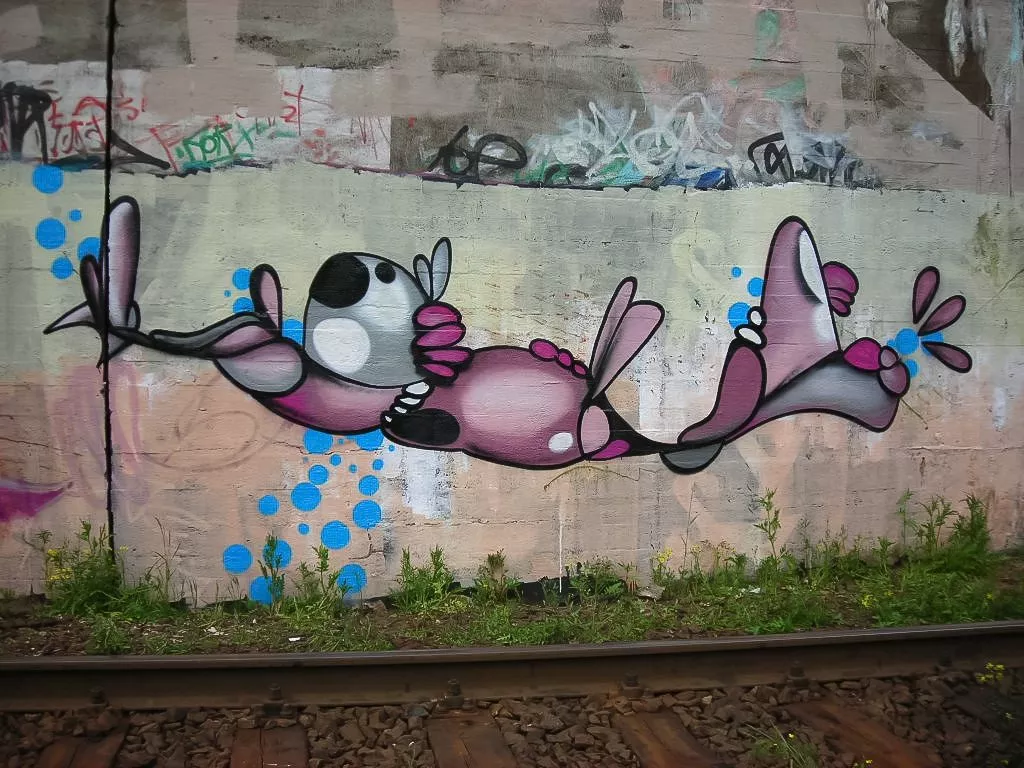
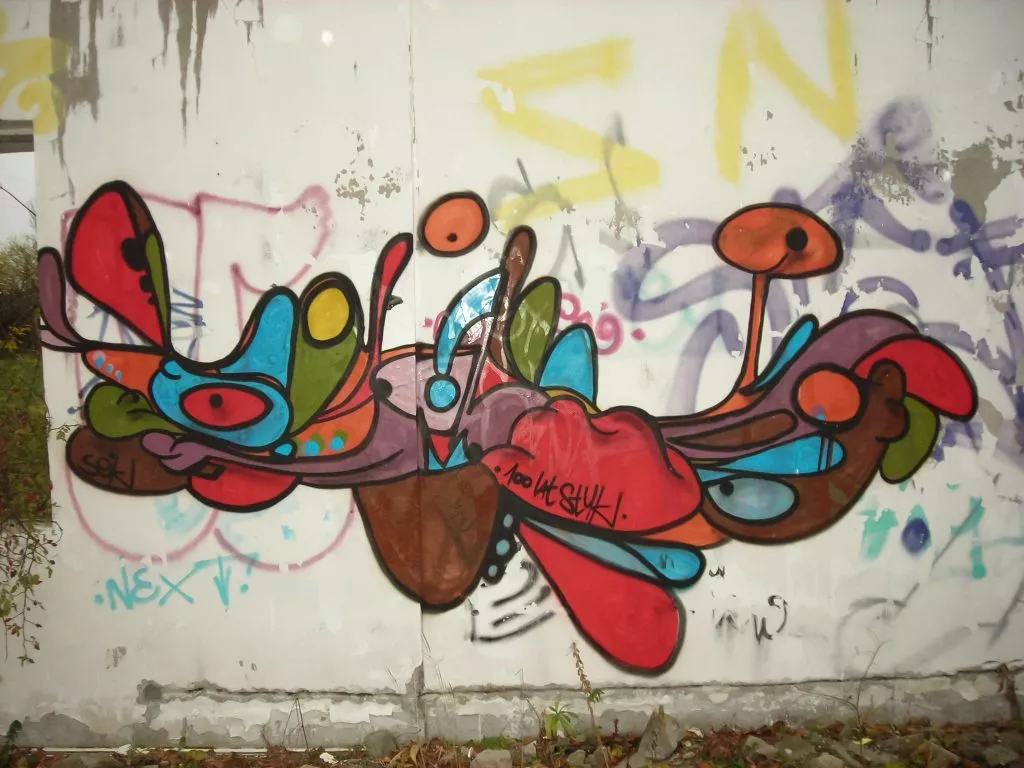

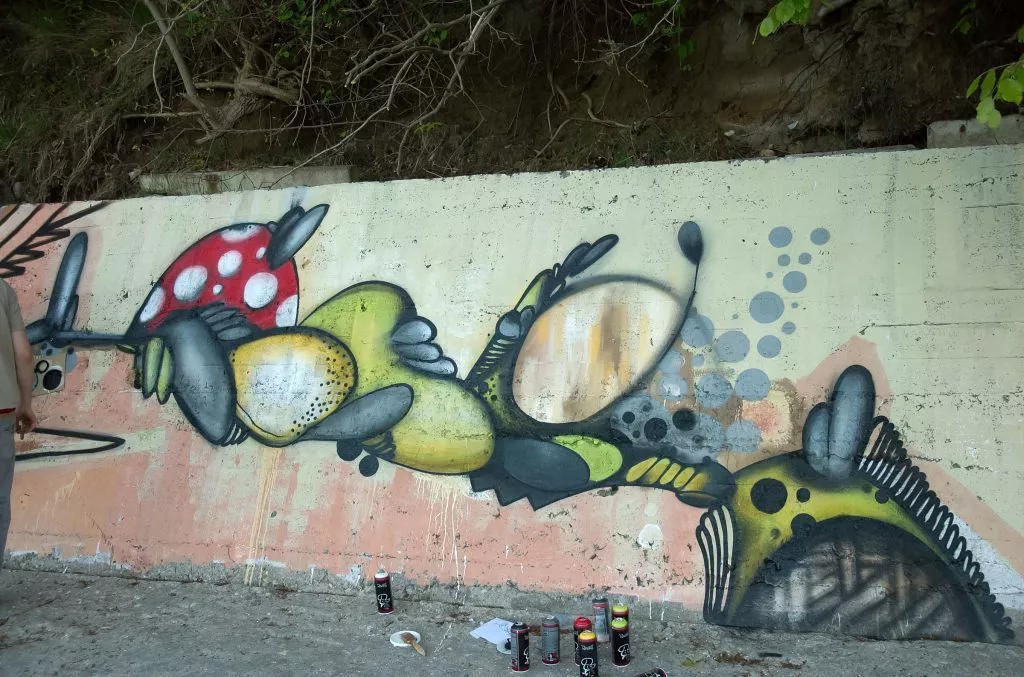


Art studies and outdoor practice
At the academy of fine arts, the Polish artist learned a lot about different techniques and forms of expression, like silk screen print, multimedia, and graphic design. The art studies were a catalyst for new developments in his secret graffiti writing, as he was inspired by new discoveries for artistic expression and willing to innovate his own style on walls. Other inspirations came from his own city, the urban, the architecture, from the modern buildings of the 1920s, he says today. His pieces started to become geometric abstract, and it came naturally to him to work with simple geometric forms. From 2011 on, SEIKON started to realize wall paintings working especially with geometric shapes and lines, a more graphic work, often using tape. Sometimes the works were larger and more complex, with many repeating geometric motifs. In smaller works, he reduced the number of shapes such as rectangles, triangles, semicircles and lines to become more minimalist and thus clearer in his visual language. Set in a panoramic rectangle or without a defined background, his compositions are clear, balanced, elegant and reduced to essentials, perfectly applied to the chosen wall and architecture in their surroundings. His compositions, coloured mainly in black, white and one or two colours, are in some ways reminiscent of the modern painting of the Russian Constructivists. For some years now, some of his compositions have been fuller, the non-representational forms less angular, more organic, almost vegetal, and his colour palette has expanded considerably, bringing in more bold and bright colours.

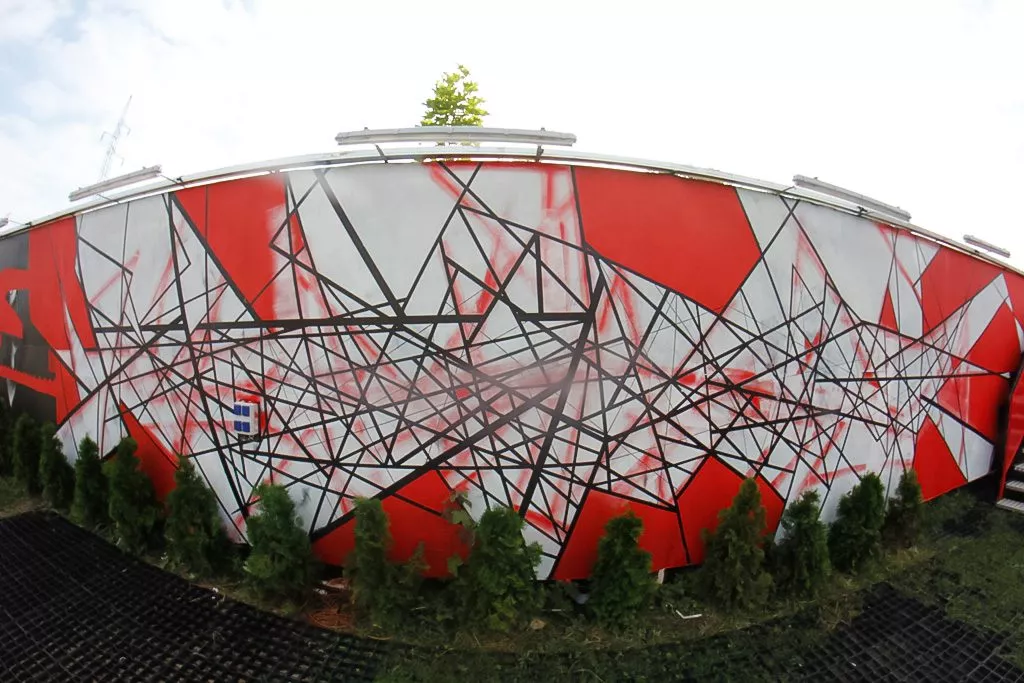
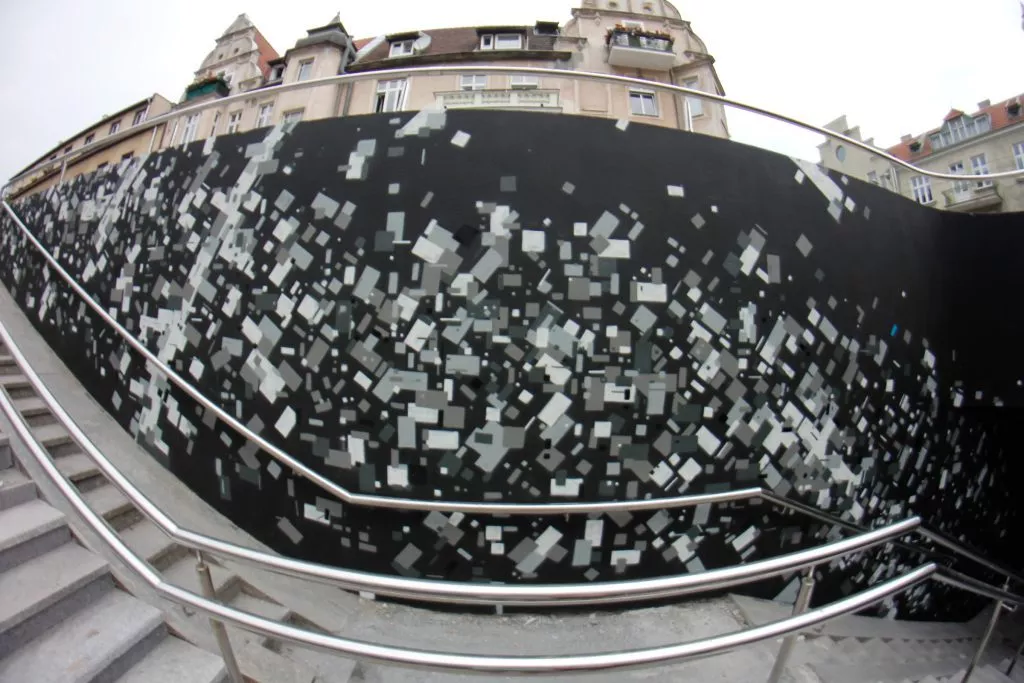



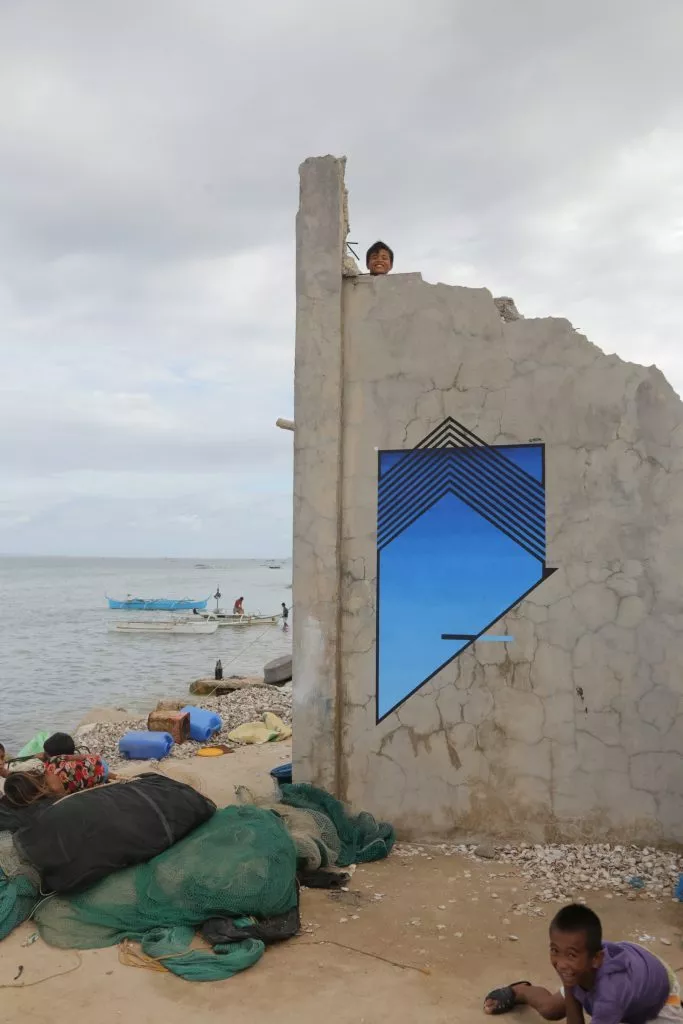
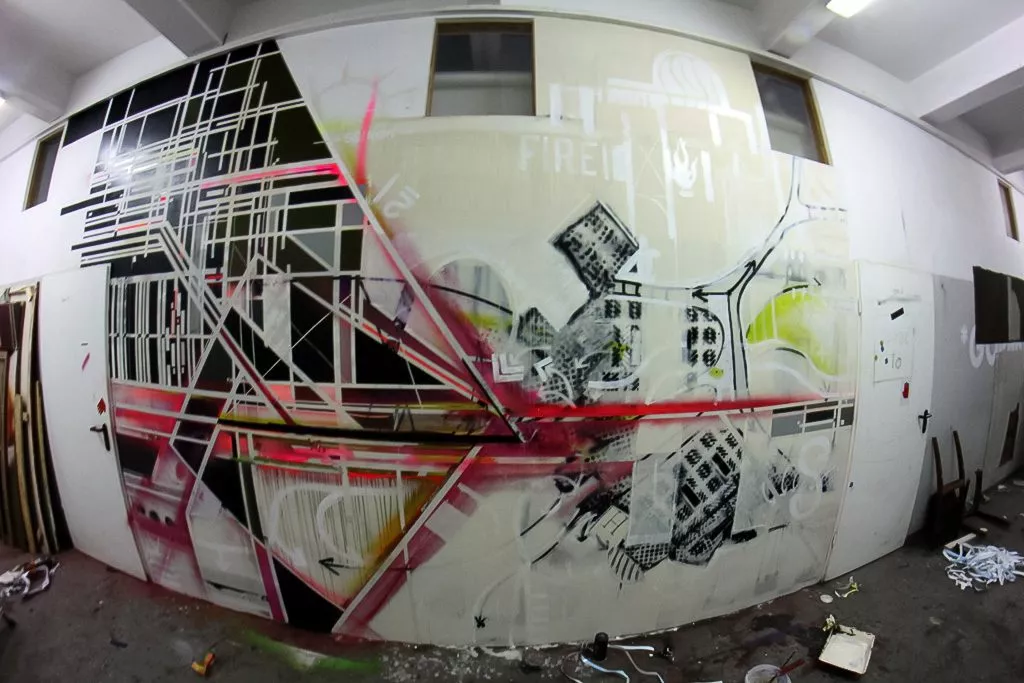
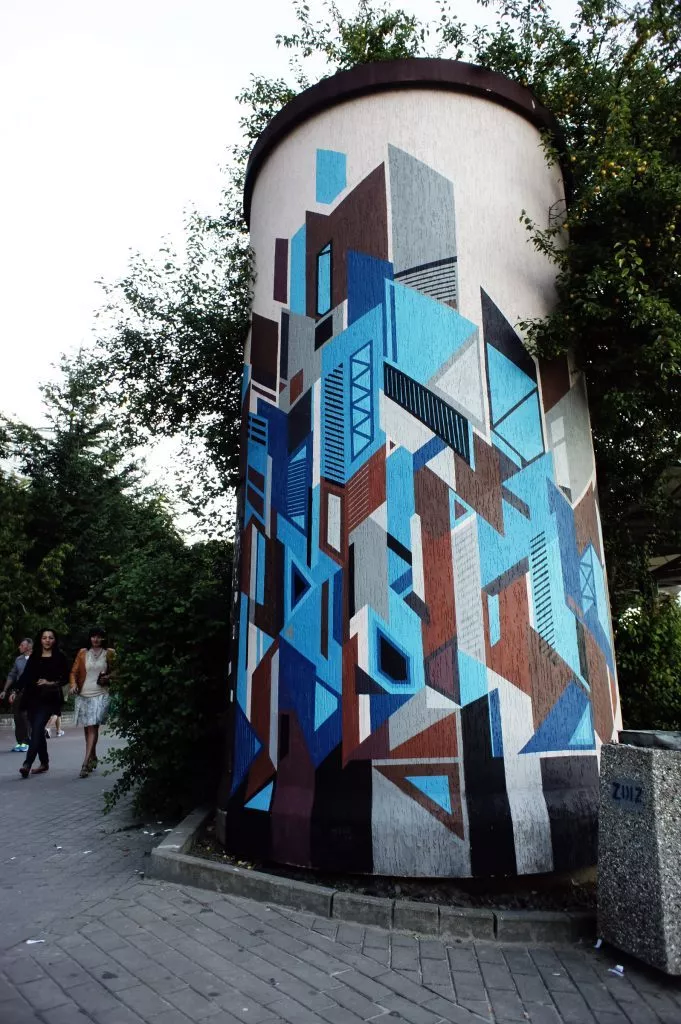
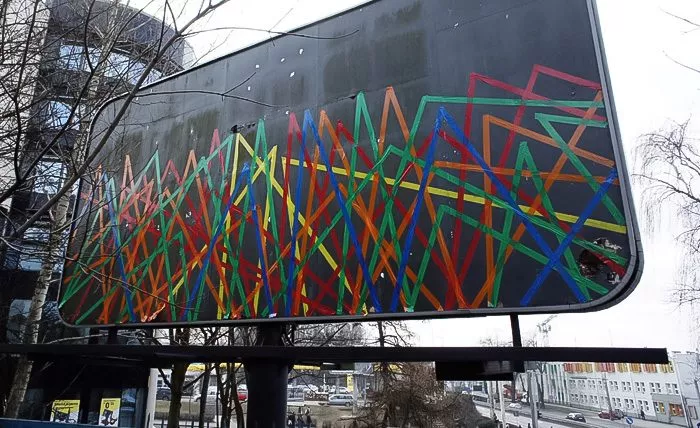
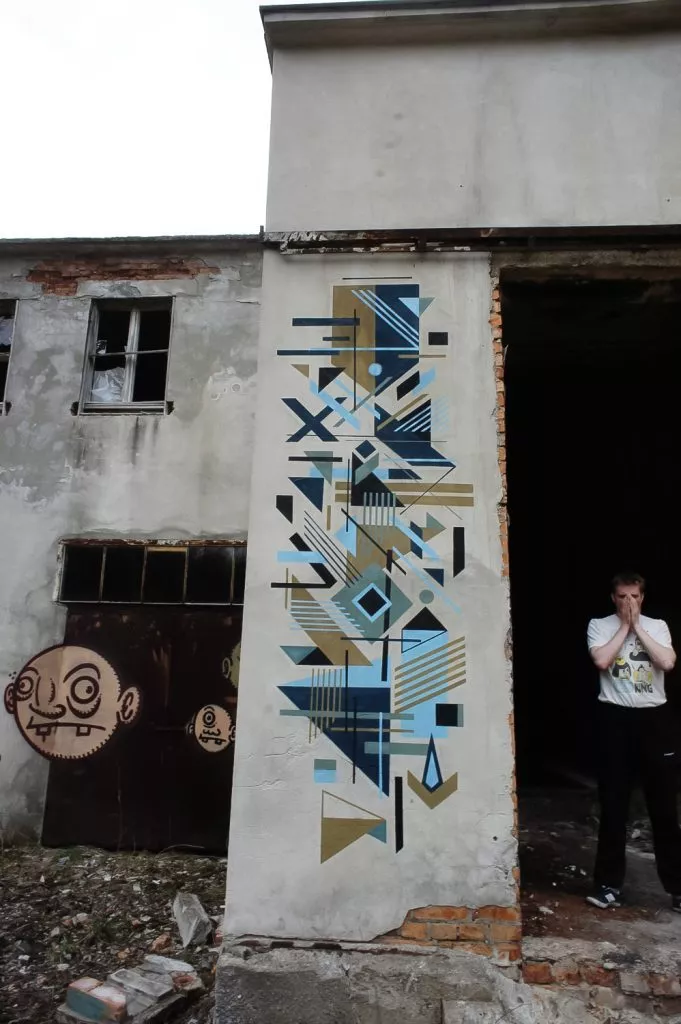



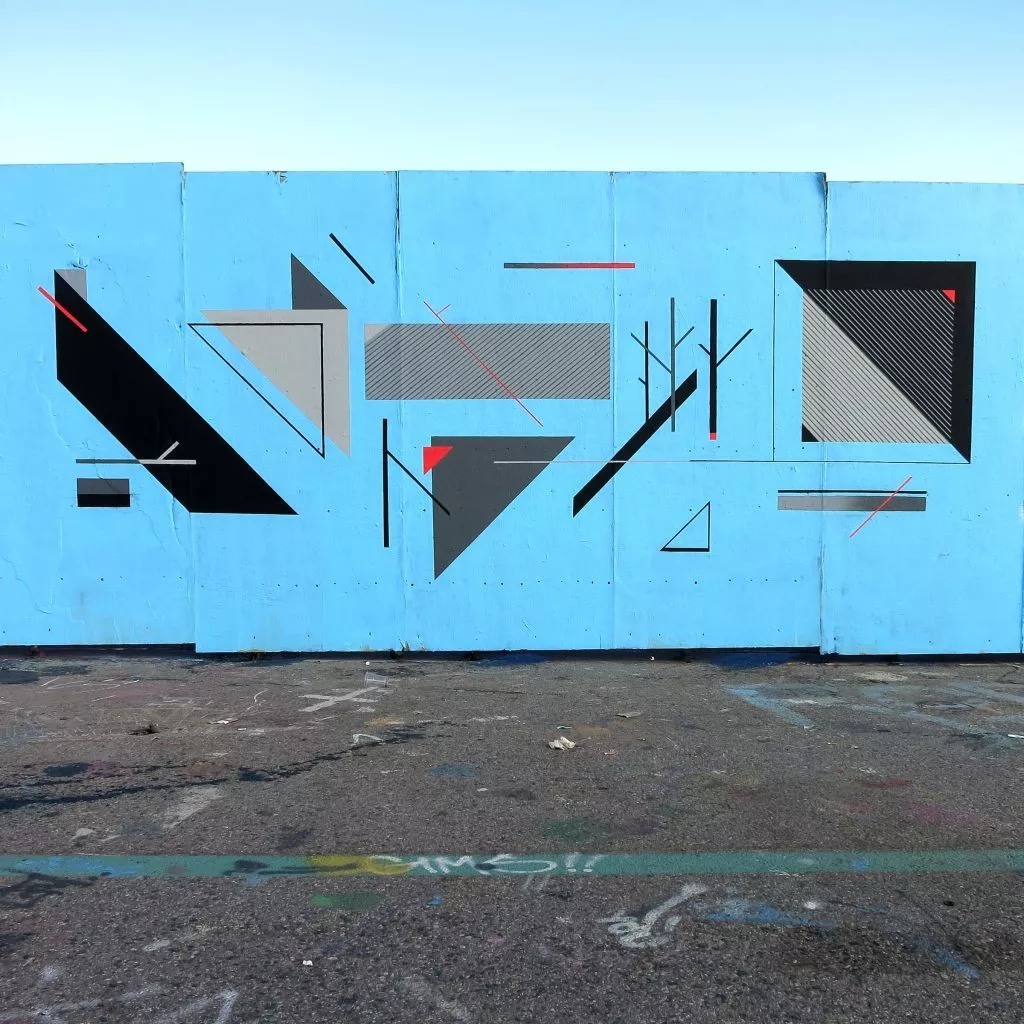
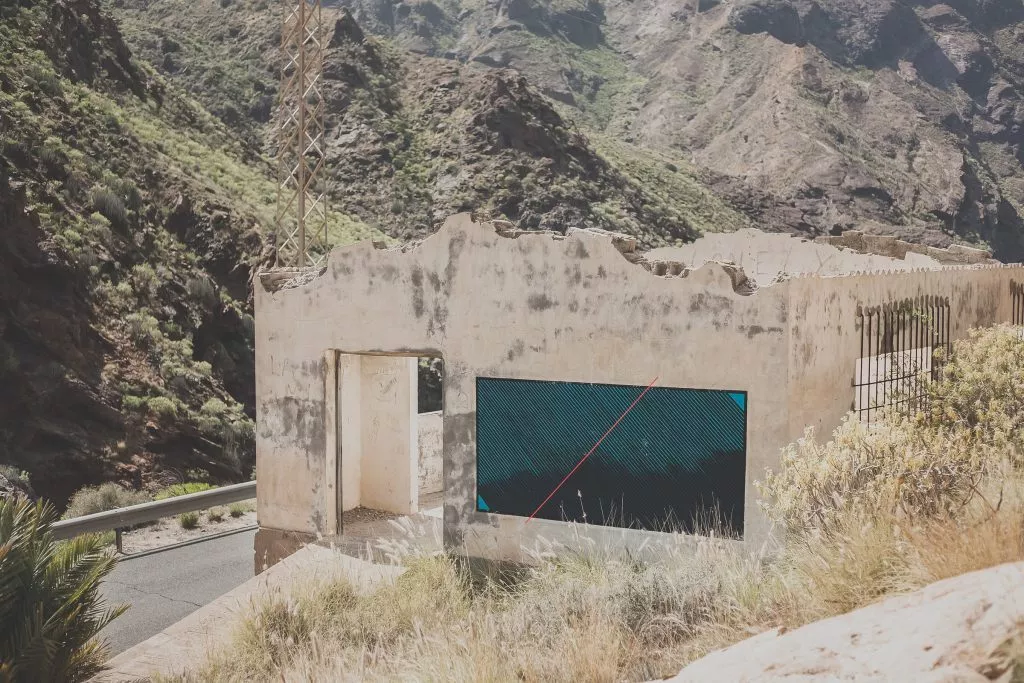
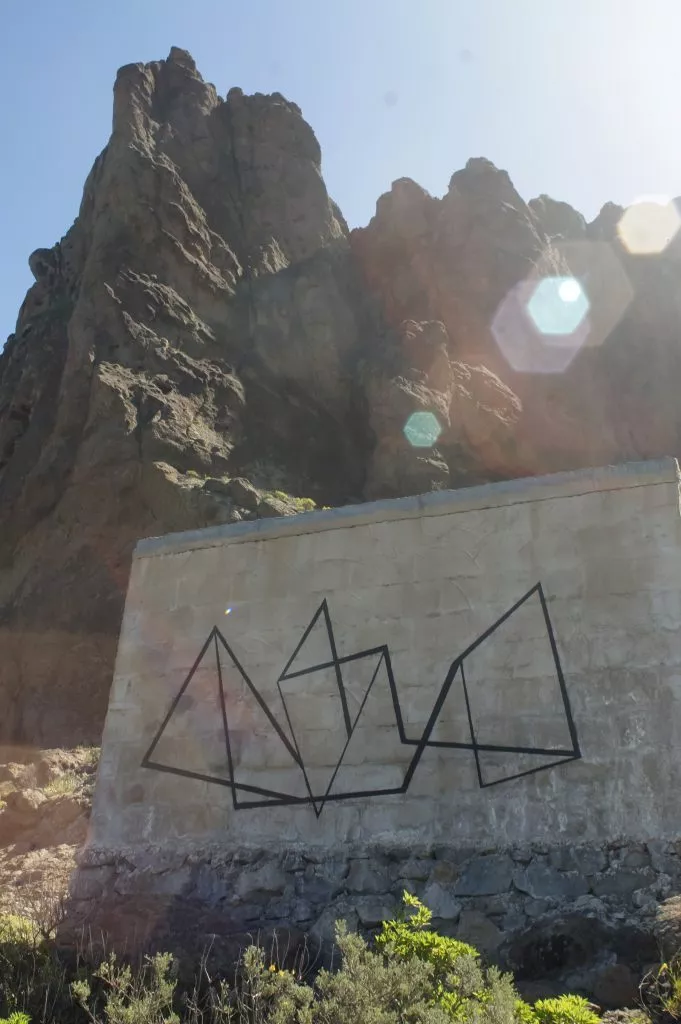
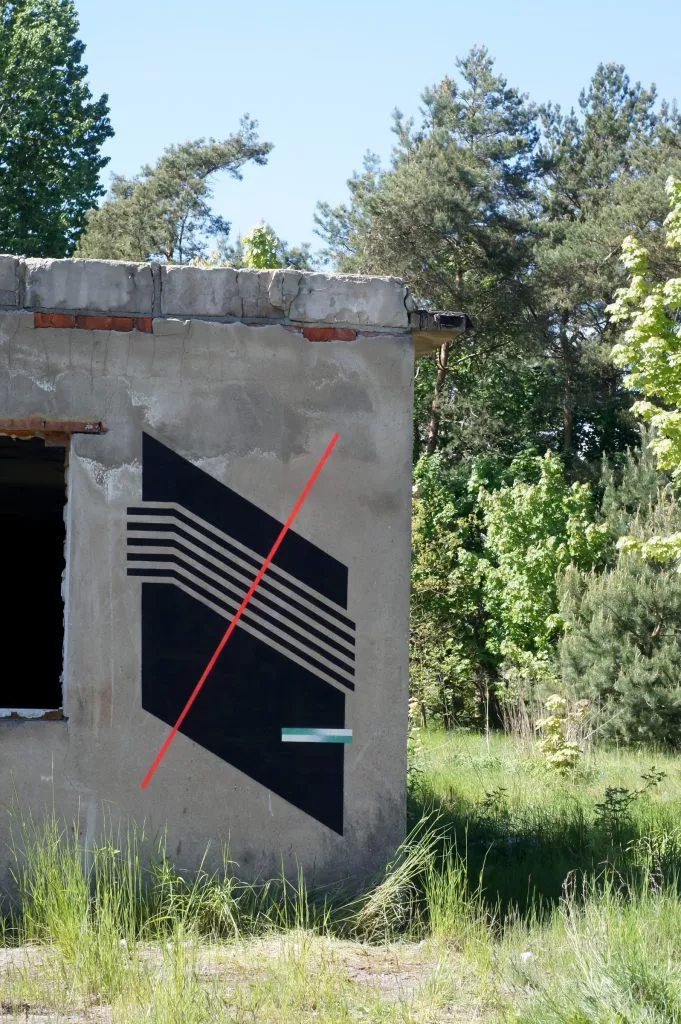
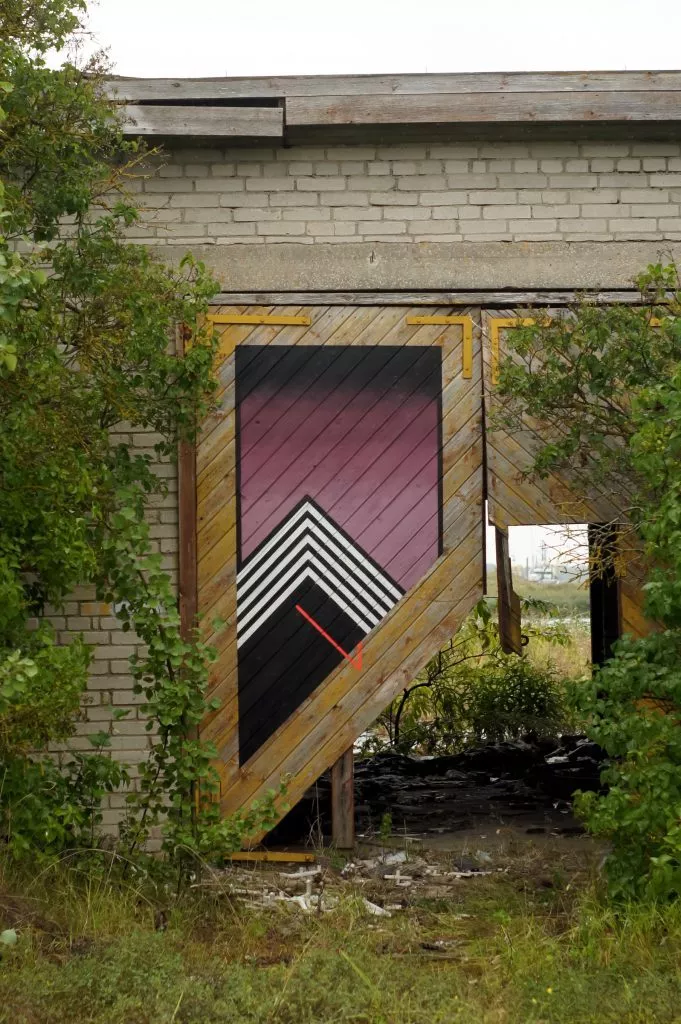



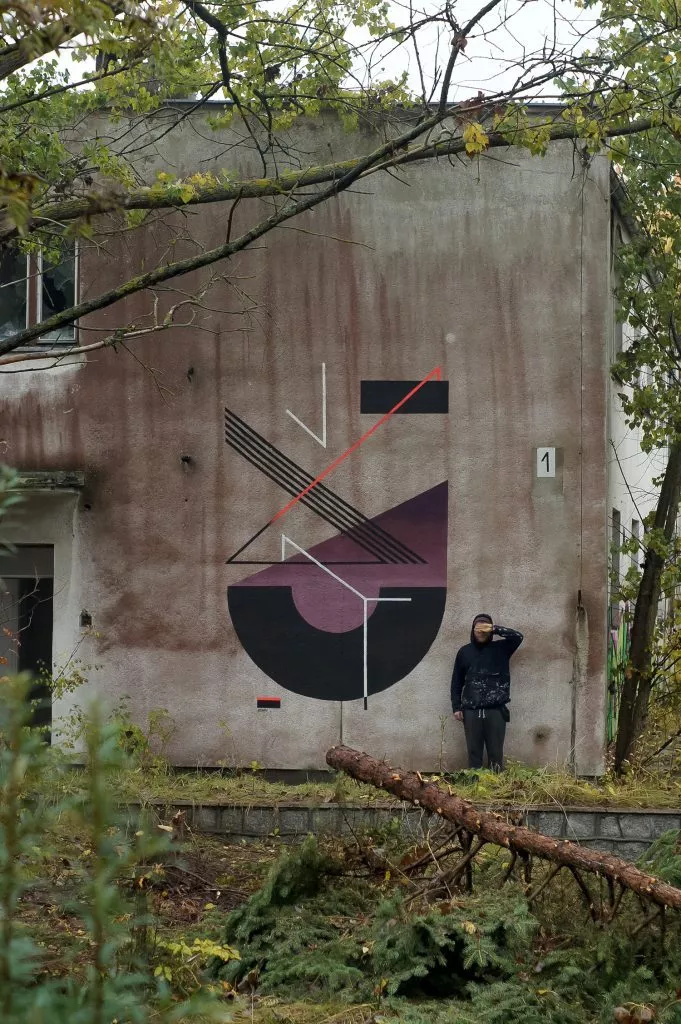
SEIKON’s ongoing practice of graffiti writing influenced his artistic evolution and still does. For him, creation is about practicing it in every day life. Doing sketches every day for 24 years now, he sometimes sketches still letters, but now most of his sketches are non-figurative shapes, that sometimes can become even figurative. It is a free way to find new forms without serious intentions, according to him, and on the paper he can let go and draw also for fun. Sketching is one of the major basis in his work and the most important practice to find new shapes, that he will integrate into his compositions on walls later. But he never copies a sketch, because his paintings on walls always emerge freestyle when un-commissioned.
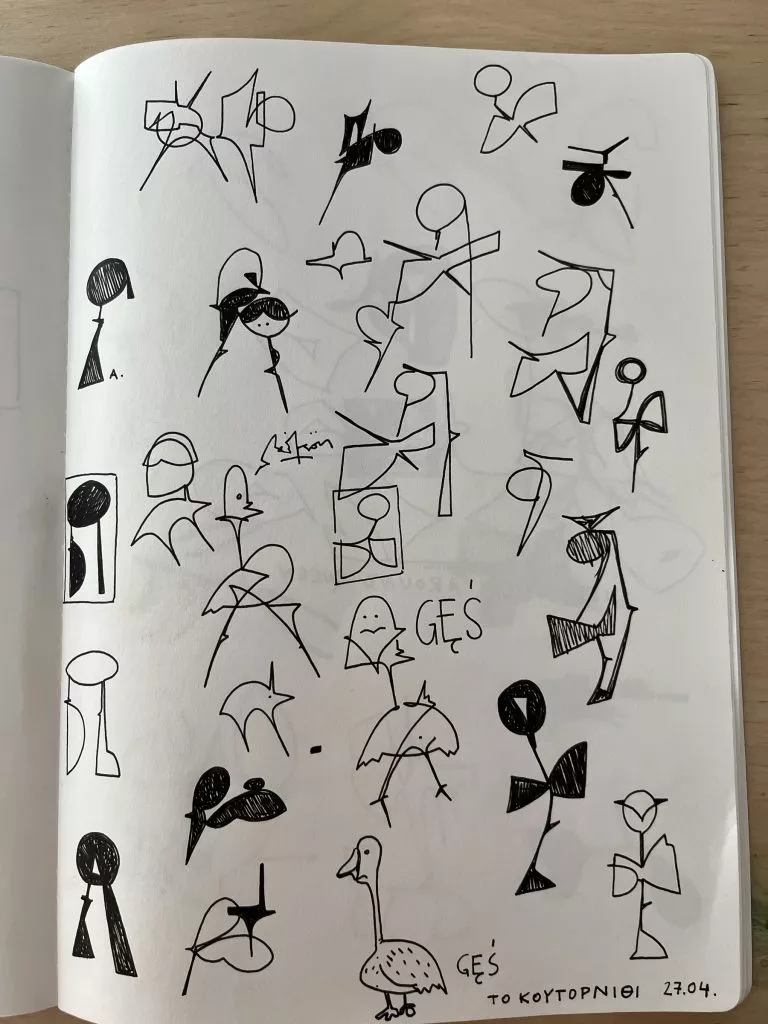



In observing his surroundings and taking photos of nature, destroyed architecture, and textures of surfaces, SEIKON gets new inspiration for his wall paintings, which he still calls „Pieces“ in the Polish language. Using mainly wall paint, water colors, because less unhealthy and more ecological, the artist works with rollers and brushes and only uses spray cans if the surface of the wall needs to be covered by spray paint at first because of its texture. With telescopic sticks and sometimes tape for sharp edges, he now works mainly with rollers. SEIKON always takes his sketchbook with him outdoors to find some inspiration for shapes if needed during his freestyle process, that is guided by his mood of the day. Staying open-minded for experimentation and working in situ, observing the surroundings, the textures, shapes, and colours of the lost places or the streets, where he is painting freely, he often integrates elements/lines of the adjacent architecture into his compositions.
For his outstanding geometric unicolored one-liners on walls or abandoned buildings, SEIKON is still using spray paint, though, and a black spray can he always carries with him anyway, he says. Collaborating regularly with other artists painting outdoors, the collective act of painting, sharing and exchange is still inspiring, instructive and promotes progress, he emphasizes.


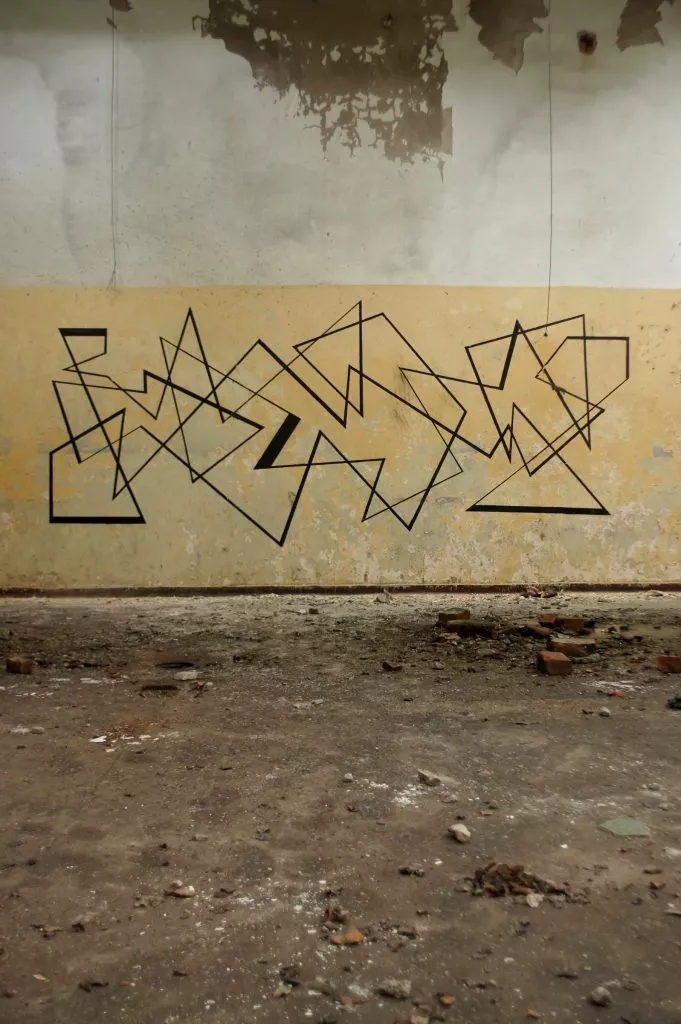





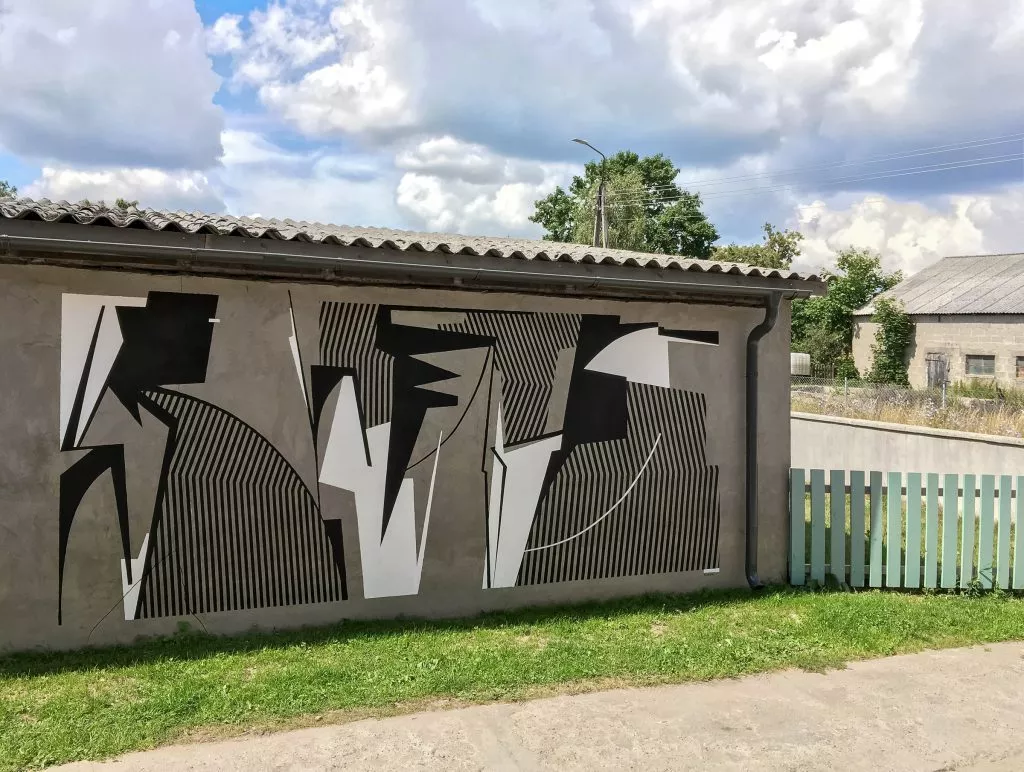

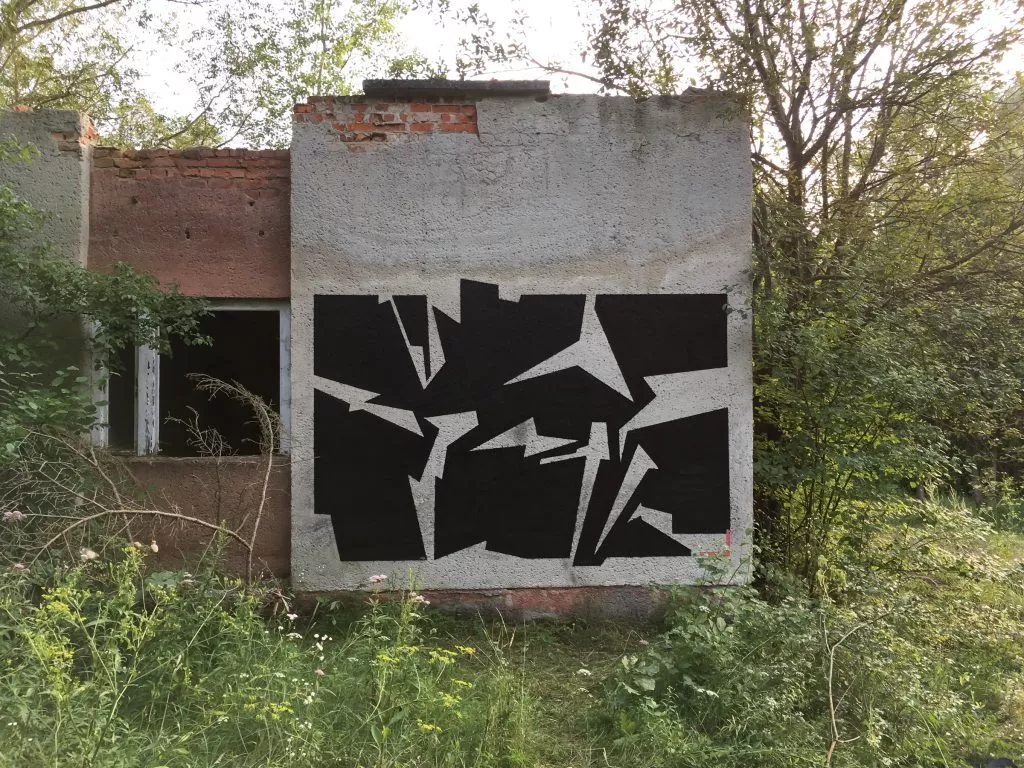
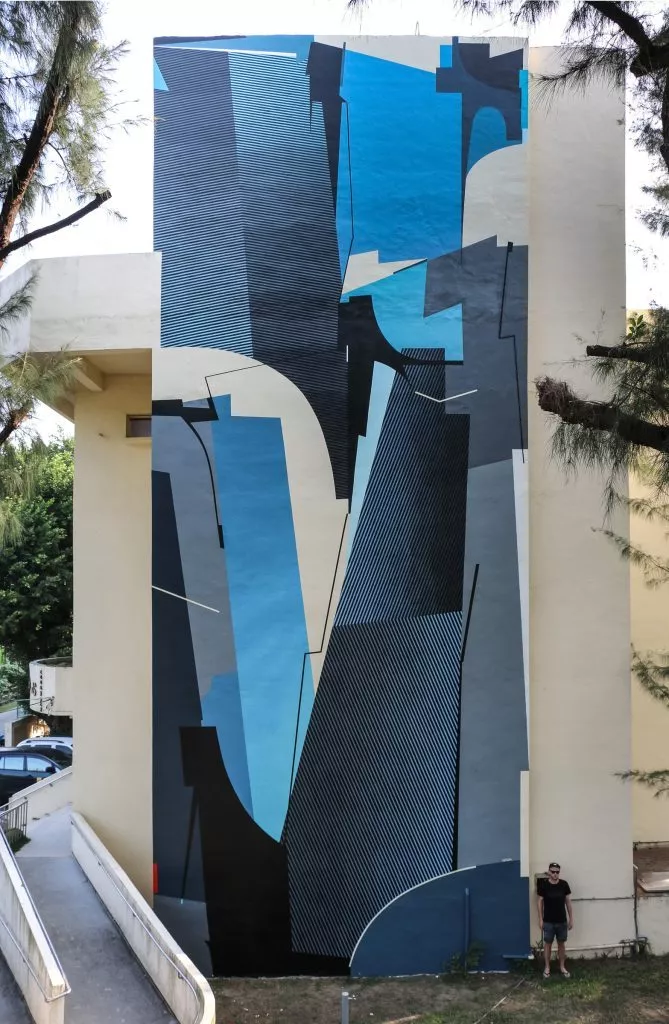

Studio practice
Listening to music every day, like Jazz, electro, world music and more, music inspires SEIKON alone in his studio as well. Being more organized there, and describing it as a cleaner laboratory with good light, he uses smaller materials, small brushes, rollers with acrylic on canvas, paper, or wood. Sometimes he takes a picture of a painting in progress and tries out colours on the photo on the computer to take better decisions and work faster. The studio practice is for him also a field of experimentation, working with lights and trying out new techniques. For commissioned walls, he also uses the computer-software sometimes for the draft for his clients, even though he leaves space for some improvisation, and often changes some elements on the wall at the end. But, as he says, his main practice beside the studio work and commissions is painting freely on walls. And after days in his studio, where he can get the feeling of being stuck or tired, going out to paint a wall outdoor refreshes his mind and gives him new power to work in the studio. For both practices, he is looking for the balance of new compositions in his non-figurative organically evolving style. And the most important thing above all for him is to sketch and paint every single day.
https://www.instagram.com/seikon87/
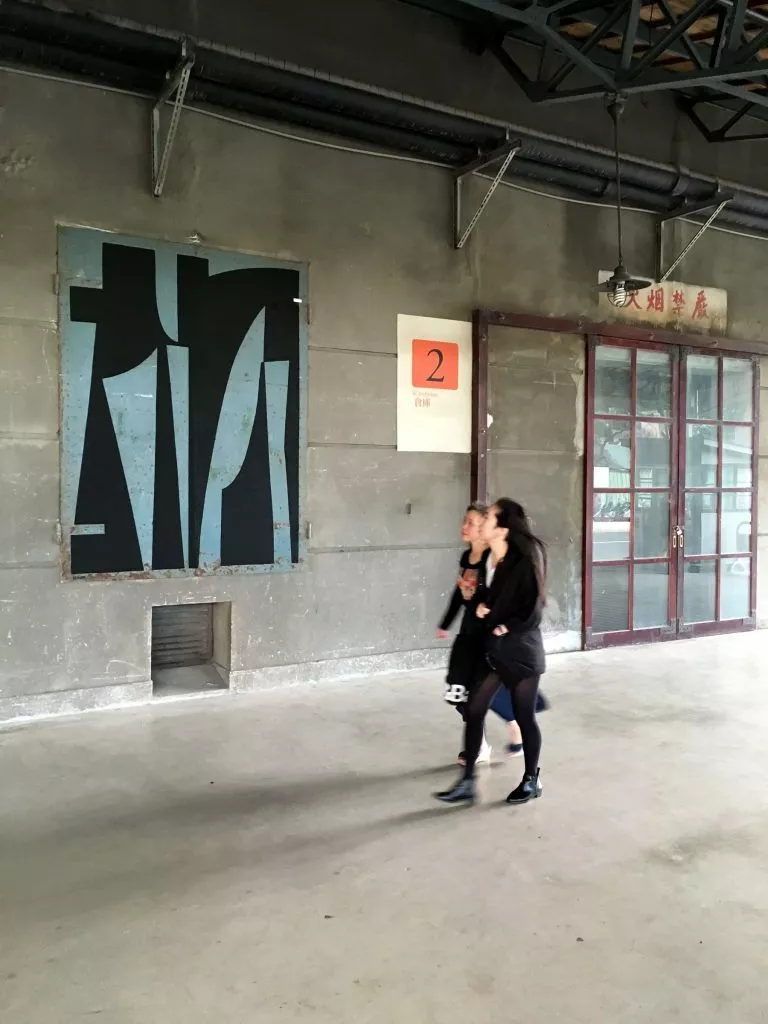
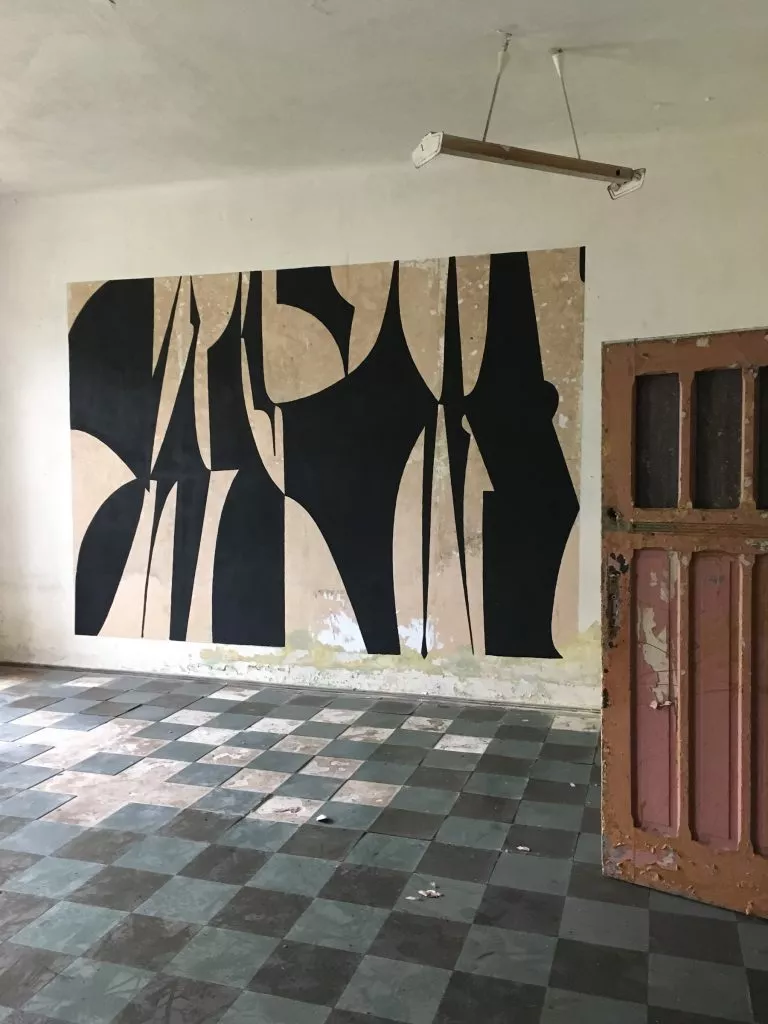
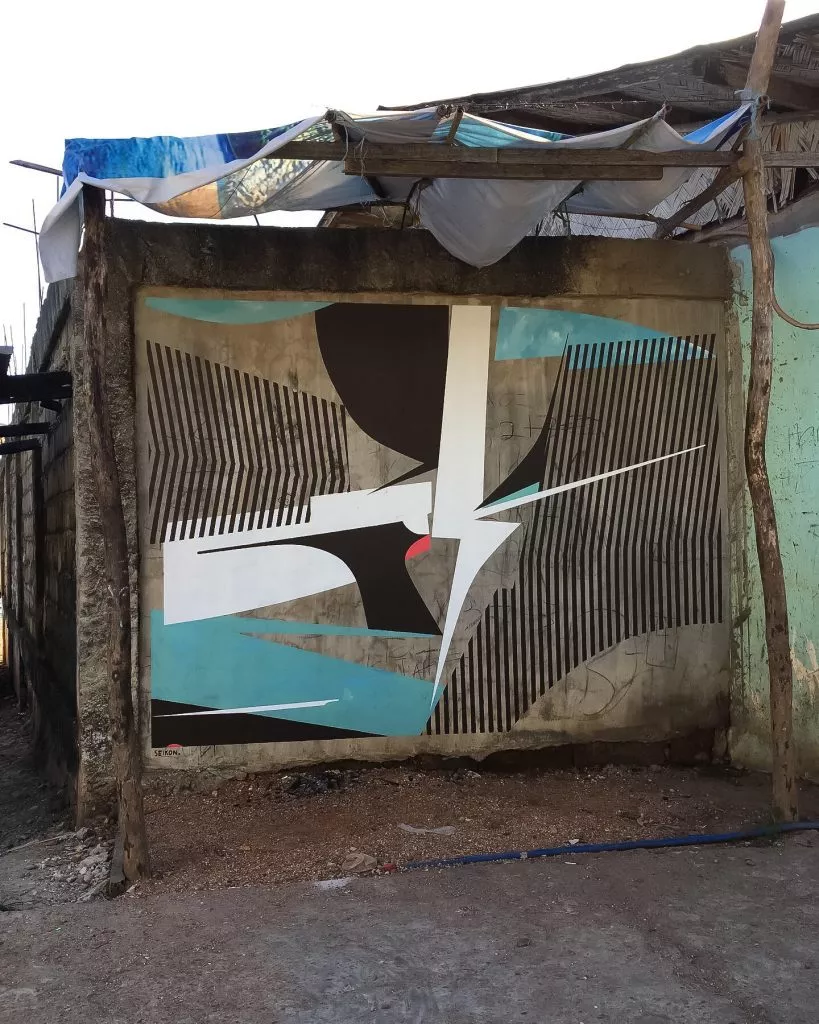
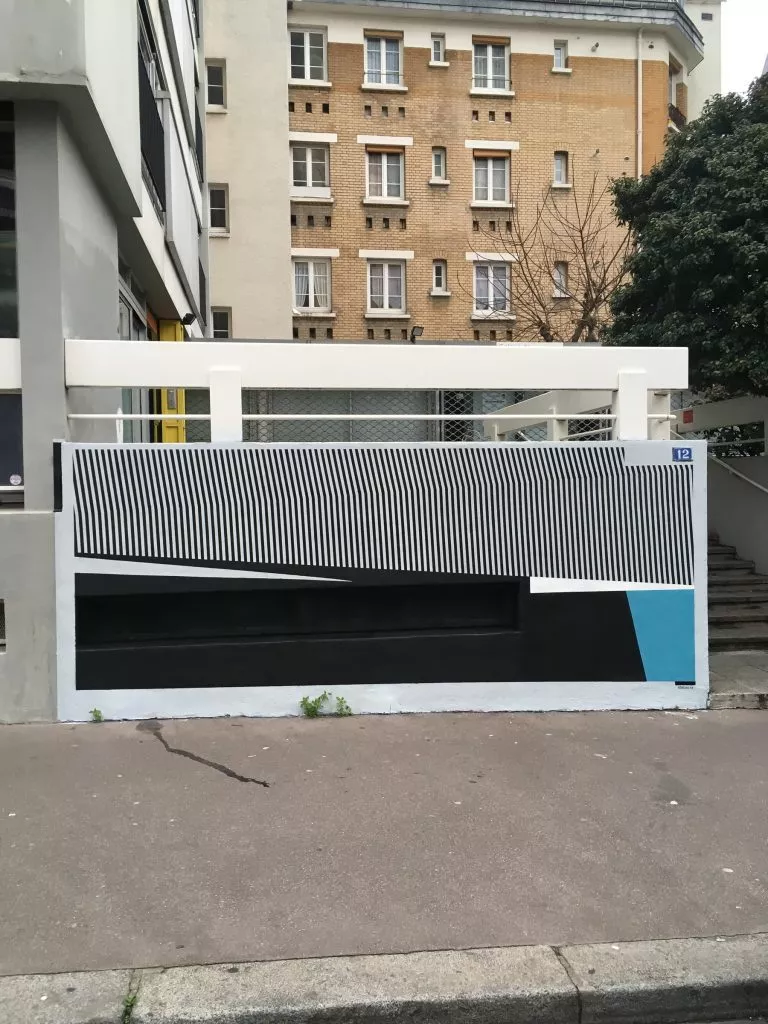
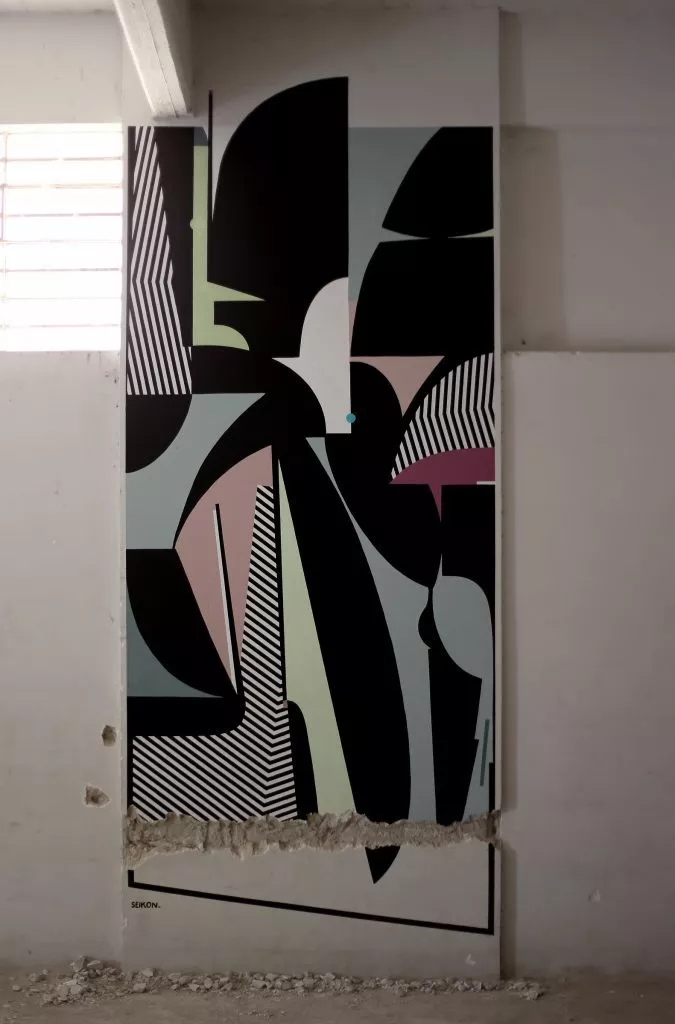
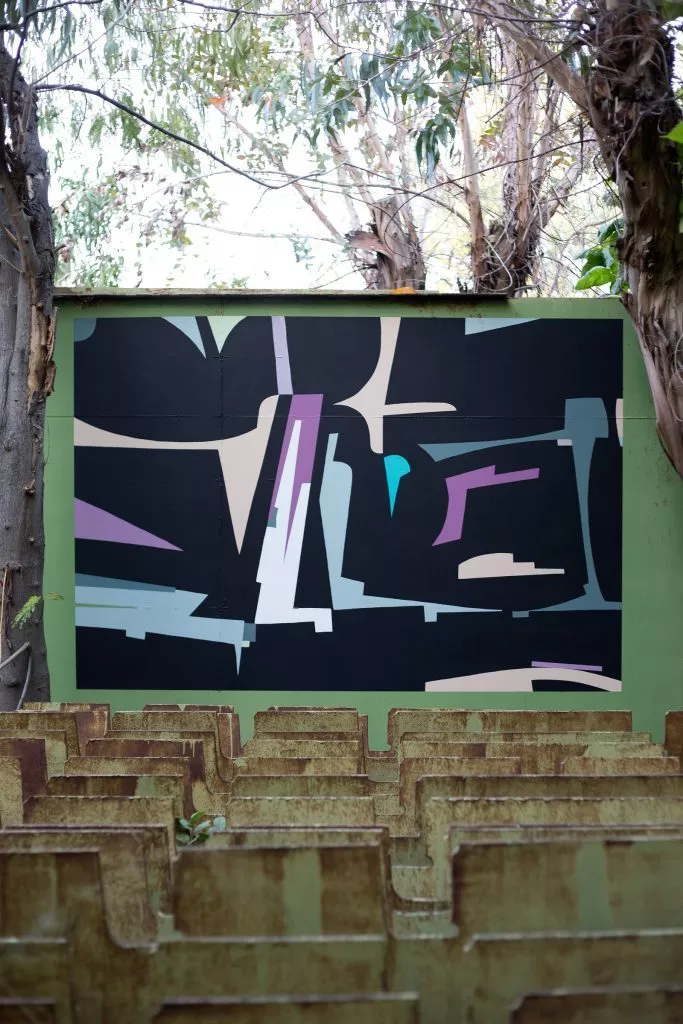


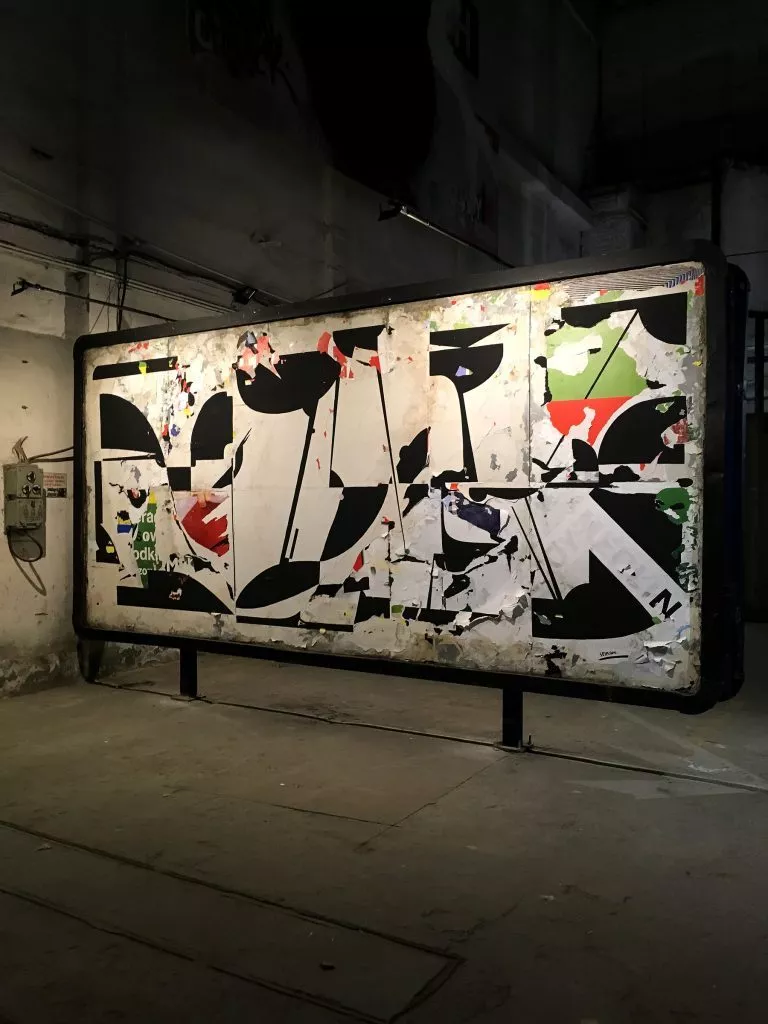
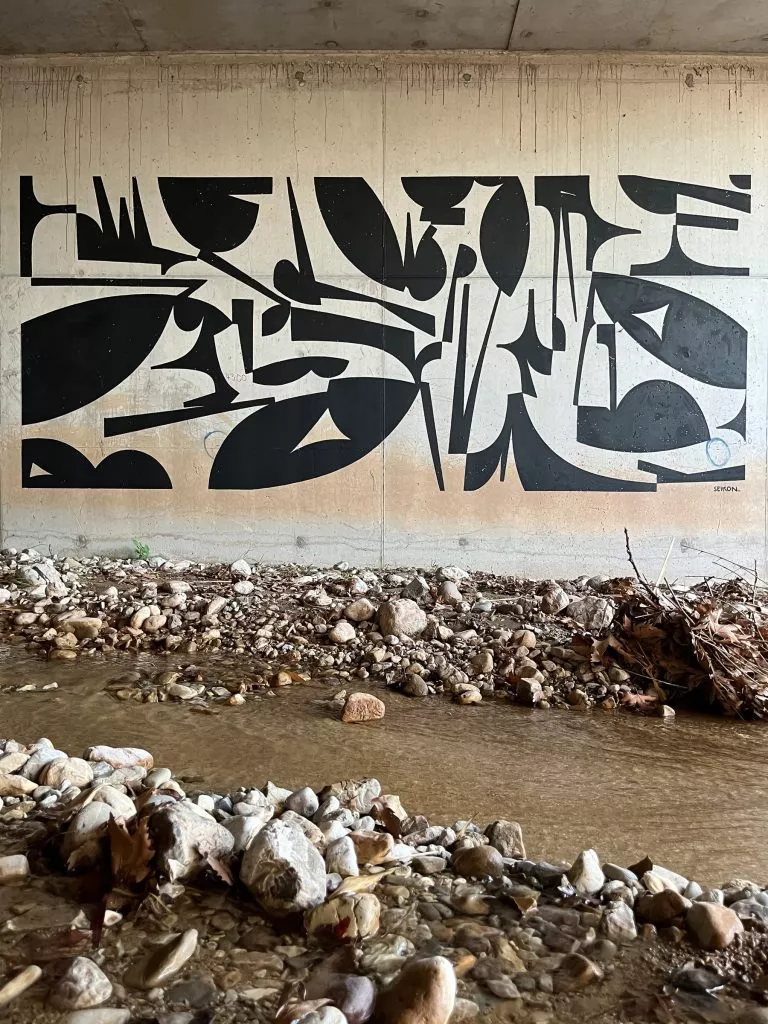

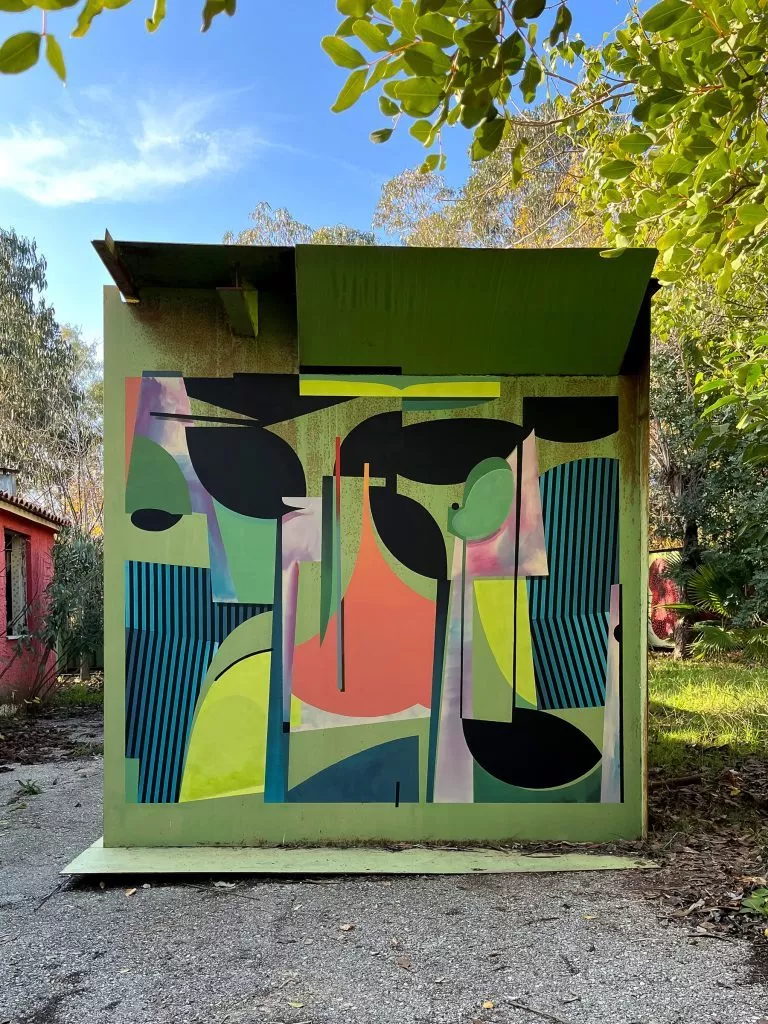
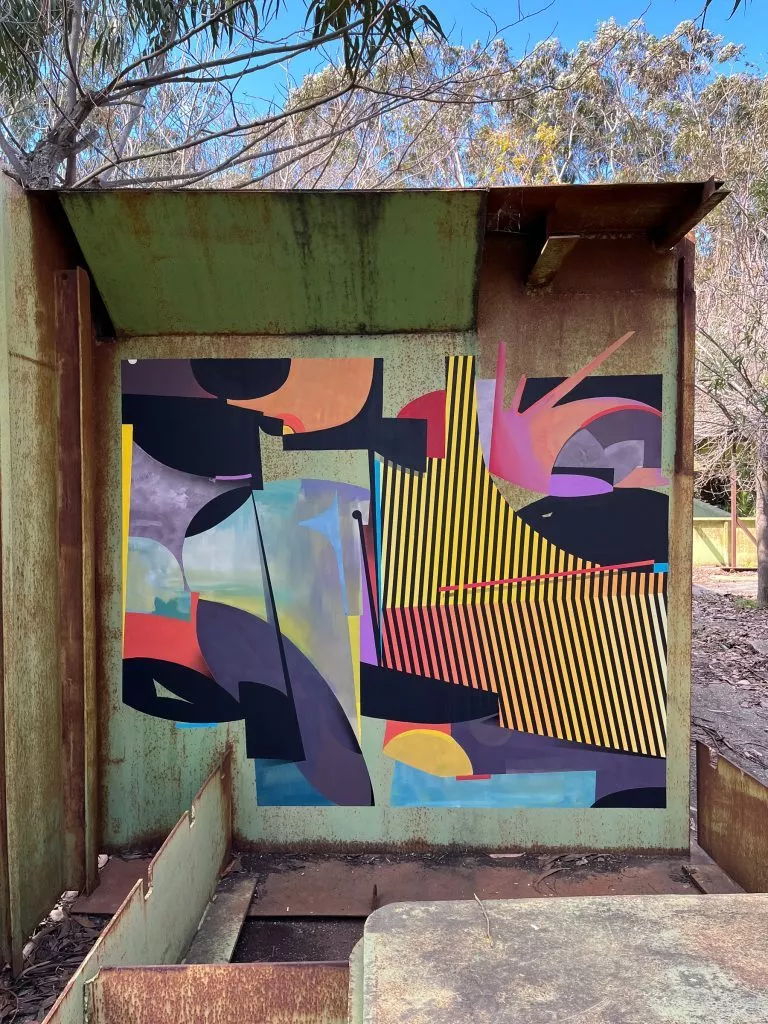

168 views
Categories
Tags:






Leave a Reply